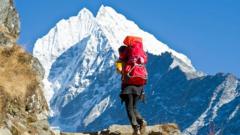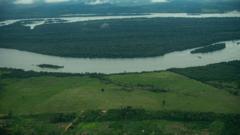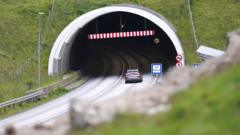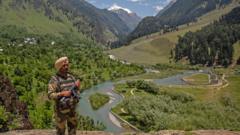Nepal's initiative aims to attract climbers to lesser-known mountains amid rising Everest permit fees while generating local economic growth.
Nepal Waives Climbing Fees for 97 Peaks to Enhance Remote Tourism

Nepal Waives Climbing Fees for 97 Peaks to Enhance Remote Tourism
In a bid to promote tourism in underserved regions, Nepal allows free climbs on 97 Himalayan peaks.
Amid a surge in tourists aiming to summit Mount Everest, Nepal is taking significant steps to diversify its climbing tourism by offering free access to 97 of its peaks for the next two years. This initiative seeks to promote exploration of Nepal's remote areas, particularly in the Karnali and Sudurpaschim provinces, which struggle with accessibility and tourism.
While climbing fees have historically generated substantial revenue—over $5.9 million last year with more than 75% derived from Everest—the government is now focusing attention on lesser-explored peaks, ranging in height from 5,970 to 7,132 meters. According to Himal Gautam, director of the Tourism Department, the program will not only showcase Nepal's hidden wonders but also foster job creation and stimulate local economies.
Starting in September, the cost to climb Everest will increase to $15,000 (£11,170), marking the first hike in nearly ten years. This change reflects a broader recognition of the need for sustainable management of the popular destination, which has seen overcrowding and environmental issues in recent years. In light of these challenges, Nepal's Supreme Court has mandated a reduction in the number of climbing permits issued for Everest and similar high peaks, emphasizing the importance of respecting the mountains' natural capacities.
Despite the allure of Everest, climbing activity at these 97 remote peaks has been minimal, with only 68 climbers venturing there in the past two years compared to 421 permits granted for Everest in 2024 alone. The government hopes that waiving fees might stimulate interest and accessibility to these pristine environments, turning them into ideal training spots for aspiring Everest climbers, especially since proposed legislation will require climbers to have summited a mountain over 7,000 meters prior to attempting Everest.
While this initiative is promising for tourism and economic growth, questions remain about how local communities will manage potential increases in climbers and whether improvements in infrastructure and accessibility will accompany this newfound attention.

















